The correct nature of plot for first order reaction is (are):
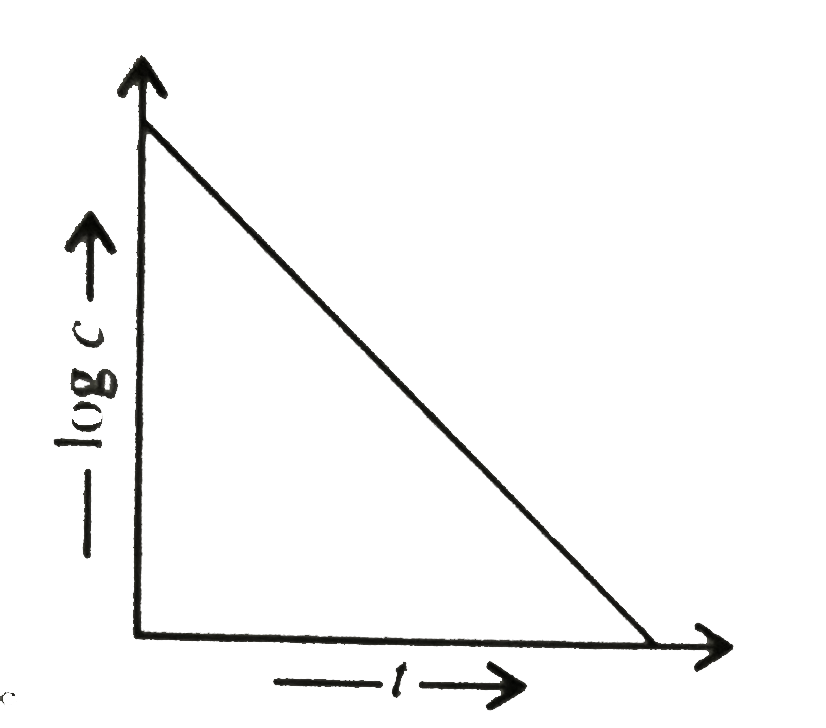
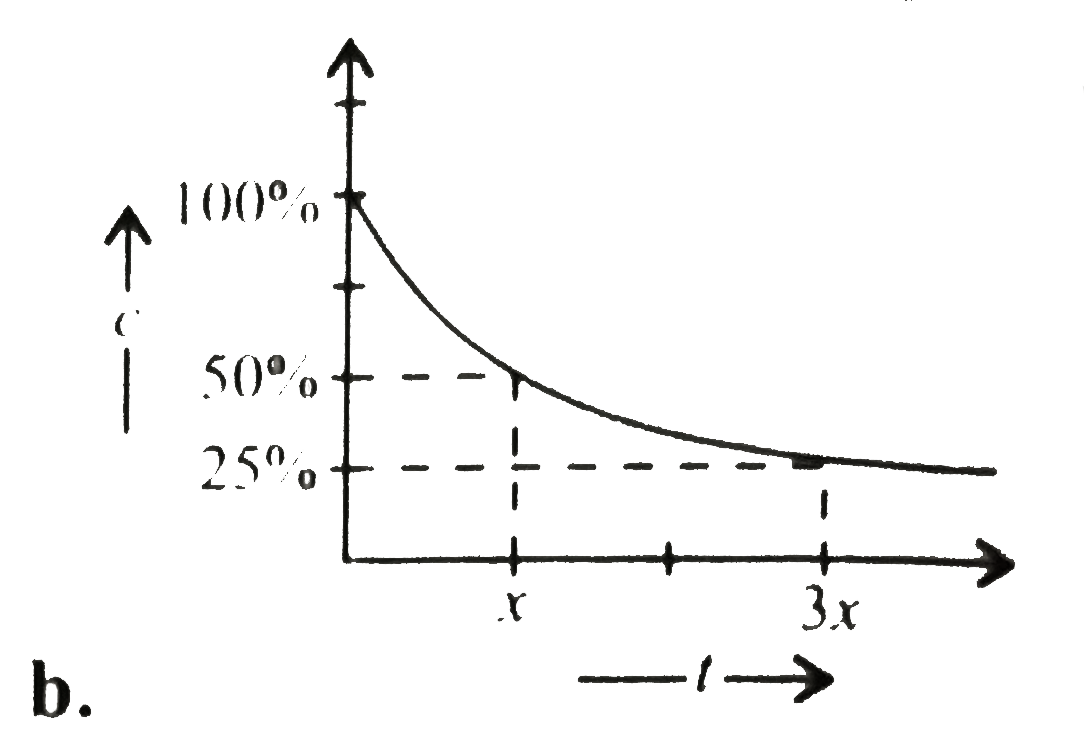
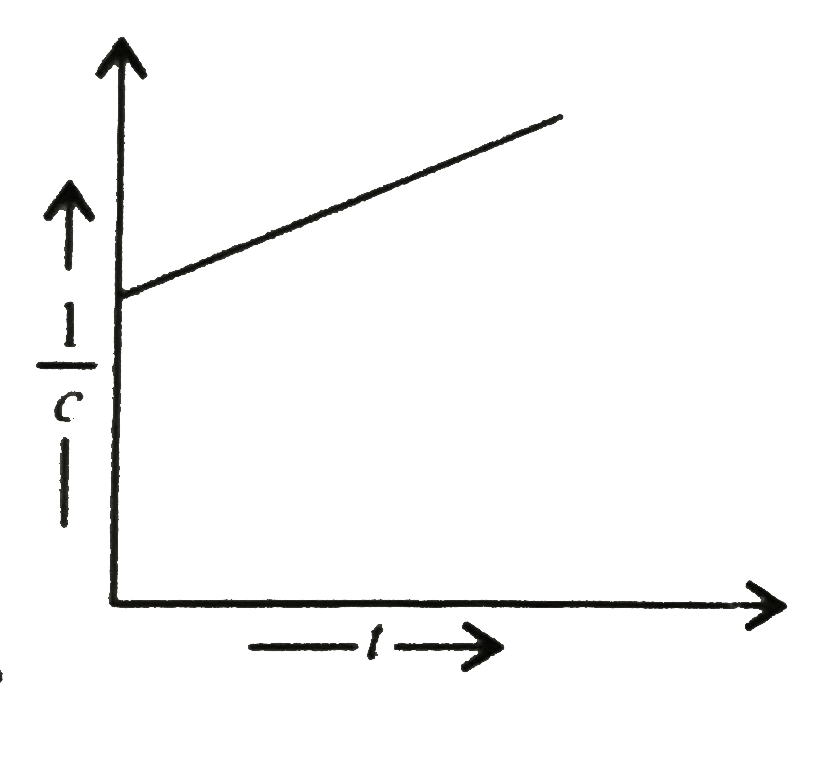
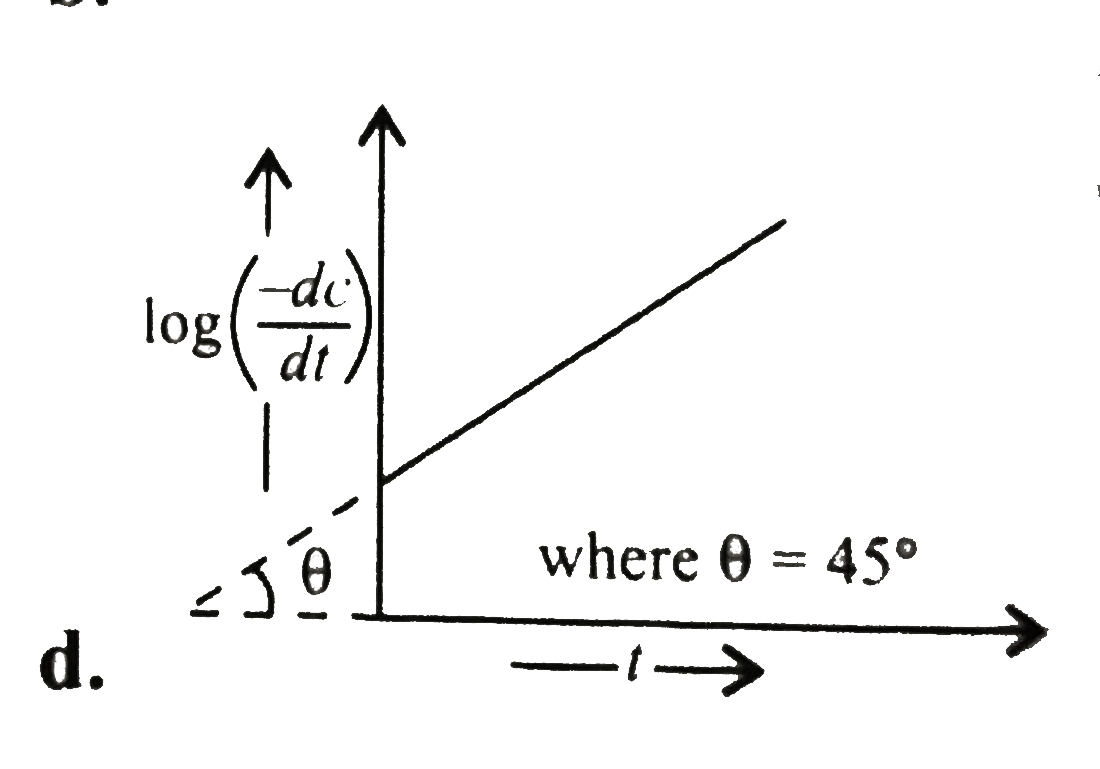
The correct Answer is:A, D
To determine the correct nature of plots for a first-order reaction, we need to analyze the relationships between concentration, time, and the rate of reaction.
1. Understanding First-Order Reactions:
A first-order reaction is characterized by the rate being directly proportional to the concentration of one reactant. The rate law can be expressed as:
Rate=−dCdt=k(C)
where k is the rate constant and C is the concentration.
2. Integrated Rate Law:
The integrated rate law for a first-order reaction can be derived as follows:
ln(C)=ln(C0)−kt
Rearranging gives:
t=1kln(C0C)
This can be rewritten in a linear form:
ln(C)=−kt+ln(C0)
This indicates that if we plot ln(C) versus time t, we will get a straight line with a slope of −k.
3. Plotting Concentration vs. Time:
If we plot concentration C versus time t for a first-order reaction, the plot will not be a straight line. Instead, it will be a curve that decreases exponentially.
4. Plotting Log Concentration vs. Time:
As derived earlier, plotting ln(C) (or log(C)) against time t yields a straight line. Thus, this plot is correct for a first-order reaction.
5. Rate vs. Concentration Plot:
The rate of reaction can also be expressed in terms of concentration:
Rate=k(C)
Taking logarithms gives:
log(Rate)=log(k)+log(C)
This indicates that if we plot log(Rate) versus log(C), we will also get a straight line with a slope of 1.
6. Conclusion:
From the analysis, the correct plots for a first-order reaction are:
- A straight line for log(C) vs. t (Option A).
- A straight line for log(Rate) vs. log(C) (Option D).
Final Answer:
The correct nature of plots for a first-order reaction are:
- Option A: log(C) vs. t (straight line with negative slope).
- Option D: log(Rate) vs. log(C) (straight line with slope of 1).
A first-order reaction is characterized by the rate being directly proportional to the concentration of one reactant. The rate law can be expressed as:
Rate=−dCdt=k(C)
where k is the rate constant and C is the concentration.
The integrated rate law for a first-order reaction can be derived as follows:
ln(C)=ln(C0)−kt
Rearranging gives:
t=1kln(C0C)
This can be rewritten in a linear form:
ln(C)=−kt+ln(C0)
This indicates that if we plot ln(C) versus time t, we will get a straight line with a slope of −k.
If we plot concentration C versus time t for a first-order reaction, the plot will not be a straight line. Instead, it will be a curve that decreases exponentially.
As derived earlier, plotting ln(C) (or log(C)) against time t yields a straight line. Thus, this plot is correct for a first-order reaction.
The rate of reaction can also be expressed in terms of concentration:
Rate=k(C)
Taking logarithms gives:
log(Rate)=log(k)+log(C)
This indicates that if we plot log(Rate) versus log(C), we will also get a straight line with a slope of 1.
From the analysis, the correct plots for a first-order reaction are:
- A straight line for log(C) vs. t (Option A).
- A straight line for log(Rate) vs. log(C) (Option D).
The correct nature of plots for a first-order reaction are:
- Option A: log(C) vs. t (straight line with negative slope).
- Option D: log(Rate) vs. log(C) (straight line with slope of 1).
Topper's Solved these Questions
- CHEMICAL KINETICSBOOK - CENGAGE CHEMISTRY ENGLISHCHAPTER - CHEMICAL KINETICSEXERCISE - Ex4.4 Objective
10 Videos
- CHEMICAL KINETICSBOOK - CENGAGE CHEMISTRY ENGLISHCHAPTER - CHEMICAL KINETICSEXERCISE - Exercises Linked Comprehension
59 Videos
- CHEMICAL KINETICSBOOK - CENGAGE CHEMISTRY ENGLISHCHAPTER - CHEMICAL KINETICSEXERCISE - Ex 4.3 (Objective)
15 Videos
- CARBOXYLIC ACIDS AND THEIR DERIVATIVESBOOK - CENGAGE CHEMISTRY ENGLISHCHAPTER - CARBOXYLIC ACIDS AND THEIR DERIVATIVESEXERCISE - Exercises Archives (Analytical And Descriptive)
34 Videos
- COORDINATION COMPOUNDSBOOK - CENGAGE CHEMISTRY ENGLISHCHAPTER - COORDINATION COMPOUNDSEXERCISE - Archives Subjective
18 Videos
Similar Questions
Knowledge Check
Rate constant in case of first order reaction is
Ainversely proportional to the concentration unitsBindependent of concentration unitsCdirectly proportional to concentration unitsDinversely proportional to the square of concentration units.
The unit of rate constant for a first order reaction
View Solution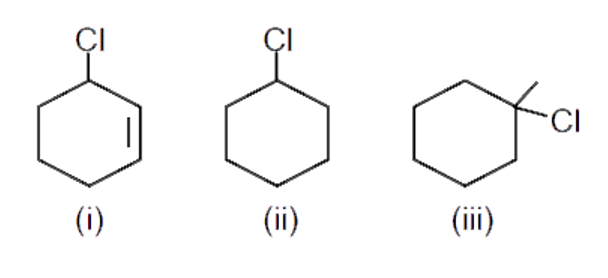
Correct order of SN2 reaction is :
View SolutionGive one example of pseudo first order reaction.
View SolutionGive an example of pseudo first order reaction.
View SolutionGive an example of pseudo first order reaction.
View SolutionGive an example of pseudo first order reaction.
View SolutionWhen the concentration of a reactant of first order reaction is doubled, the rate becomes ........... times, but for ........ order reaction, the rate remains same.
View Solution
